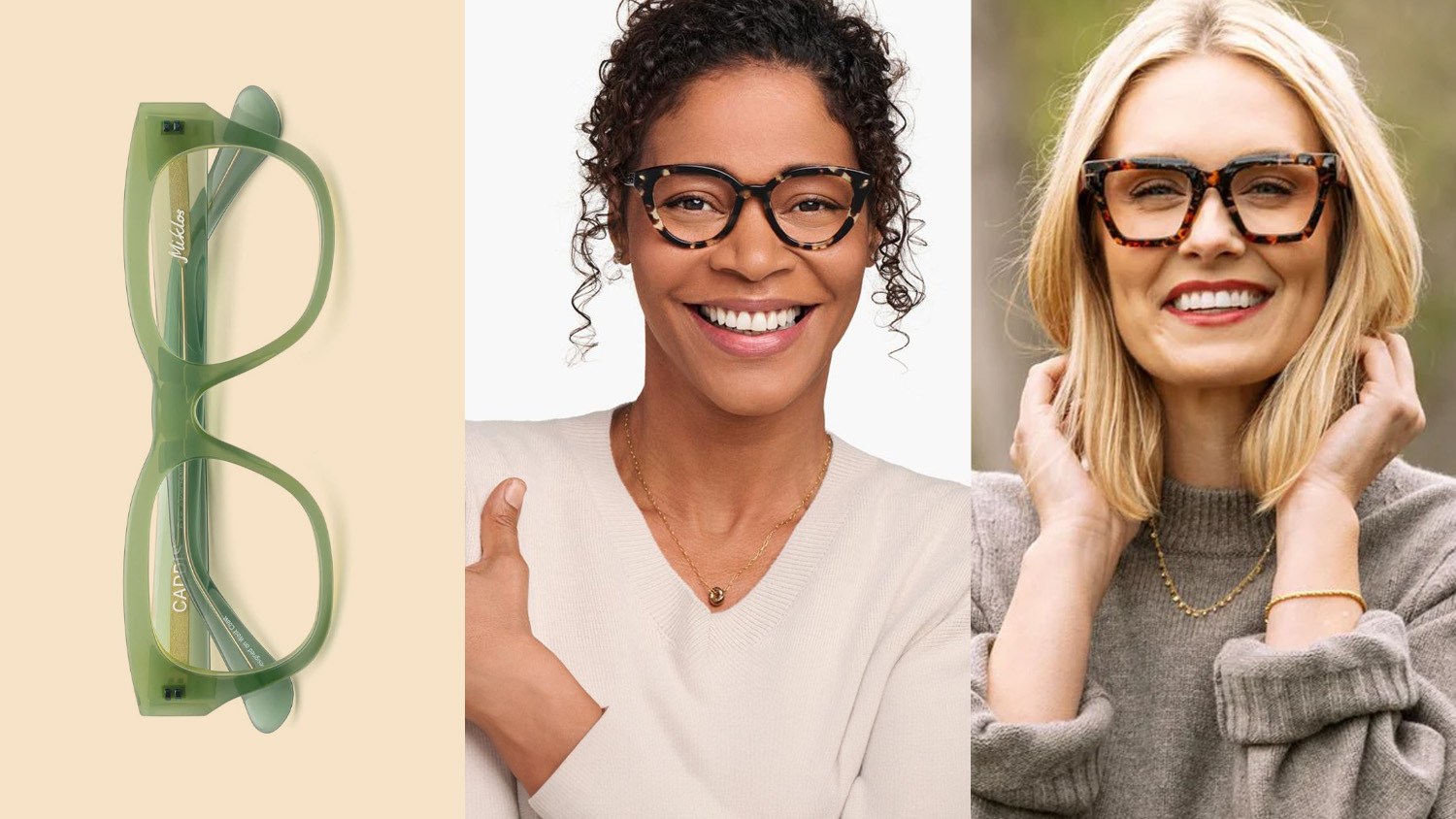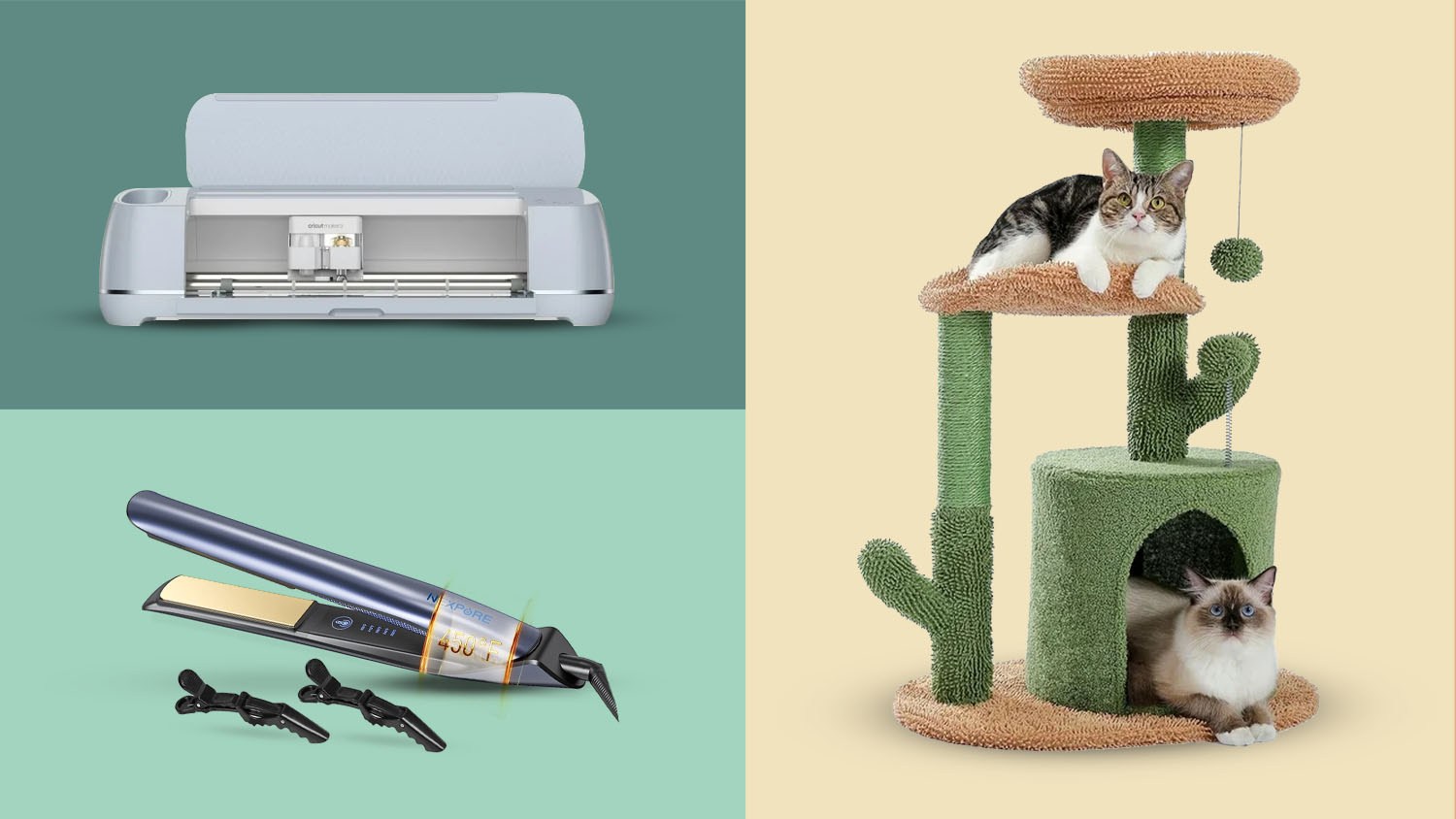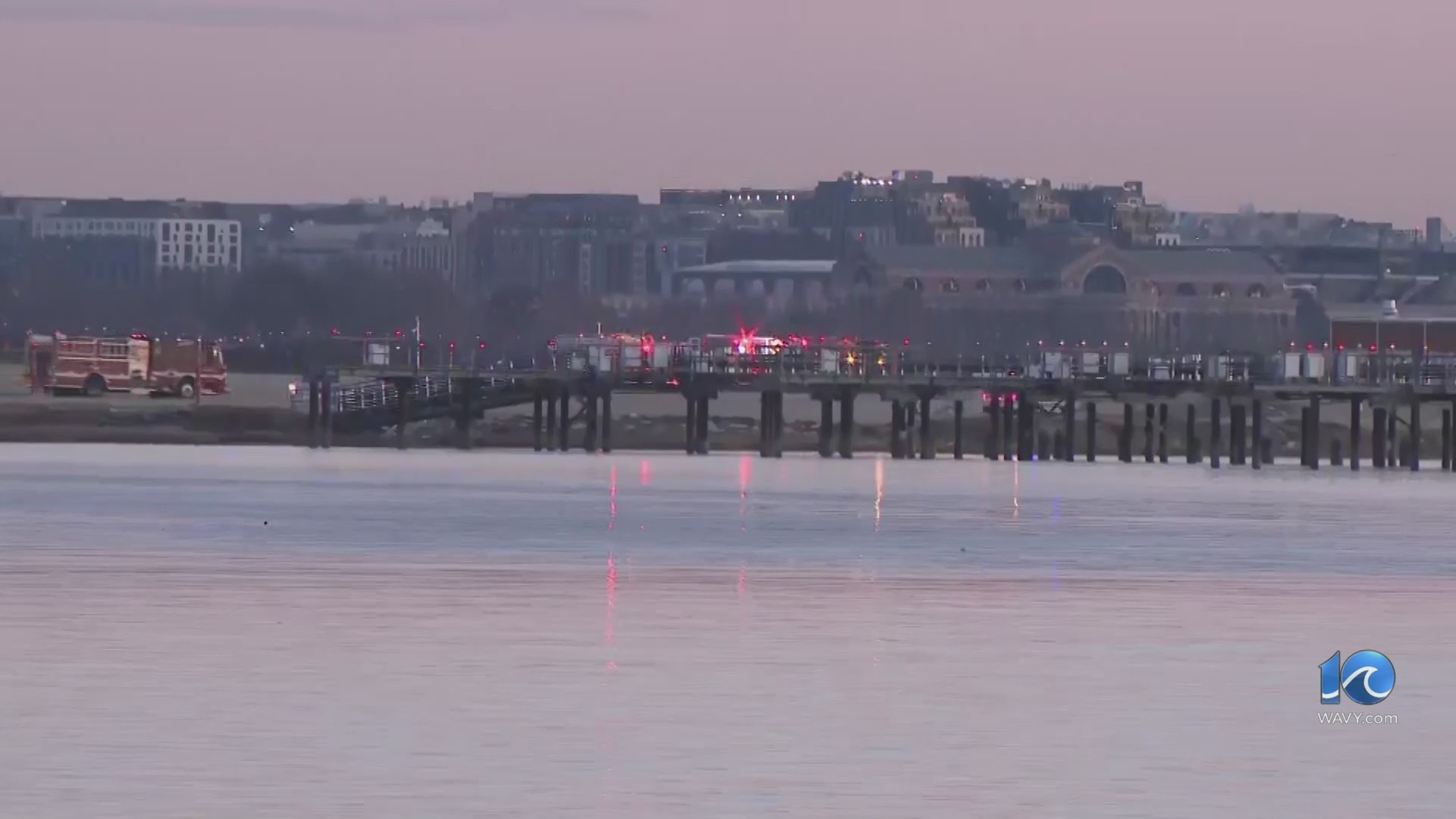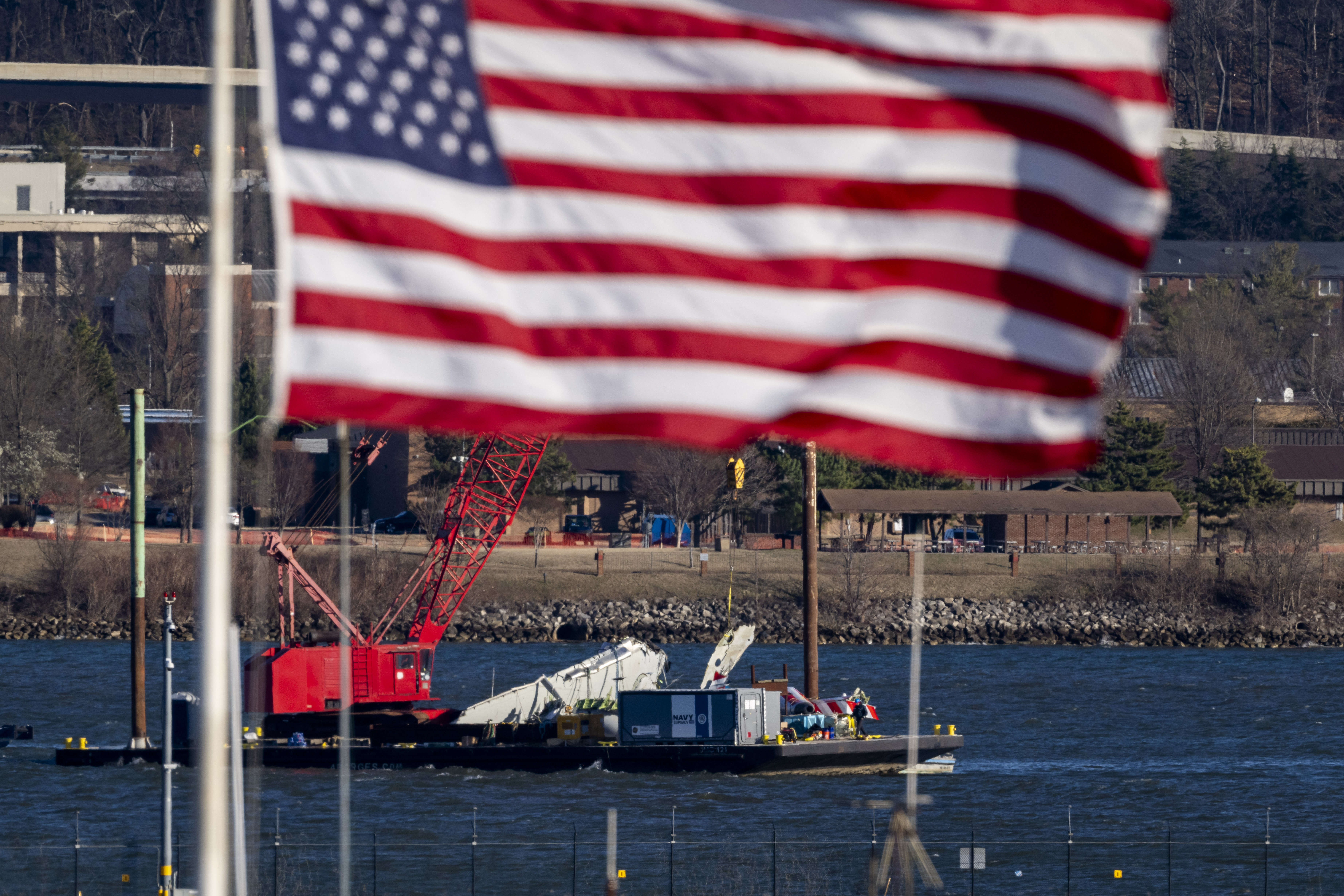NORFOLK, Va. (WAVY) — There’s impending pressure on the wombs of more than 20 million American women. That pain is presented by fibroids, quite common yet often misdiagnosed, notably for Black women, and finding the best route to beating the benign tumors is a perpetual struggle.
It was 2001 when Kayla Stallings suffered a miscarriage during a doctor’s visit. She had hoped for answers, but left frustrated, and with questions.
“It was really rough,” she said. “I felt small. I felt ignored. I felt like no one was going to give me the answers until I found Dr. [Steven] Powers and I felt heard. I felt strong. And being a Black woman, sometimes you are overlooked when it comes to your health. I feel like you have to advocate for yourself.”
The then-25-year-old was left in the dark with debilitating pain and another stillbirth on the horizon.
“I was bed-bound sometimes, heavy bleeding, clots,” Stallings said. “I would bleed through my clothes sometimes, like at night. And most people look past that, like they see, like, ‘Oh, it’s just heavy bleeding.’ I would say if you feel like something is wrong, speak up about it, because you never know.”
Dr. Sanjay Patel, a diagnostic and interventional radiologist with Chesapeake Regional Hospital, said it’s not uncommon for patients dealing with fibroids to lose alarming amounts of blood, which would call for a blood transfusion.
Stallings diagnosis didn’t come until one year later. She found support at Chesapeake Regional. She also learned that her mother had fibroids, too. Obstetrician gynecologist Dr. Steven Powers made the discovery.
Black women are often told to get a hysterectomy, preventing future pregnancy. But Powers said less invasive options do exist, one being Acessa.
“What we do when we go into a fibroid, we burn into the fibroid and we set our device and then we deploy these needles, or tines, as they’re called,” Powers said. “We set up a radio frequency ablation field so that you can ablate and destroy, almost boiling the uterine fibroid tissue.”
Both doctors also say embolization is also still an effective method on the market.
“The procedure entails going through the femoral artery in the groin,” Patel said. “We can use a radial access going into the wrist and then, [it] involves a catheter directed towards a uterine artery. We specifically embolize the uterine artery and then do the embolization with that.”
They are considered complimentary procedures, but there’s one difference to point out.
“The big difference is, for those women who want to have children, you don’t want to do a uterine fibroid embolization because you don’t want to denature, or devitalize, the uterus,” Power said. “Whereas with the Acessa procedure, you can still achieve pregnancies and you don’t have to have a cesarean section.”
Stalling’s went with Acessa and was able to successfully get pregnant shortly after.
“Thank God I married someone that’s so supportive,” she said. “I felt like I was a failure. I felt like it was my fault. I felt like I would never carry a child again.”
Powers said Chesapeake Regional is the only hospital in the Hampton Roads market that offers these procedures. For more information, visit here.







